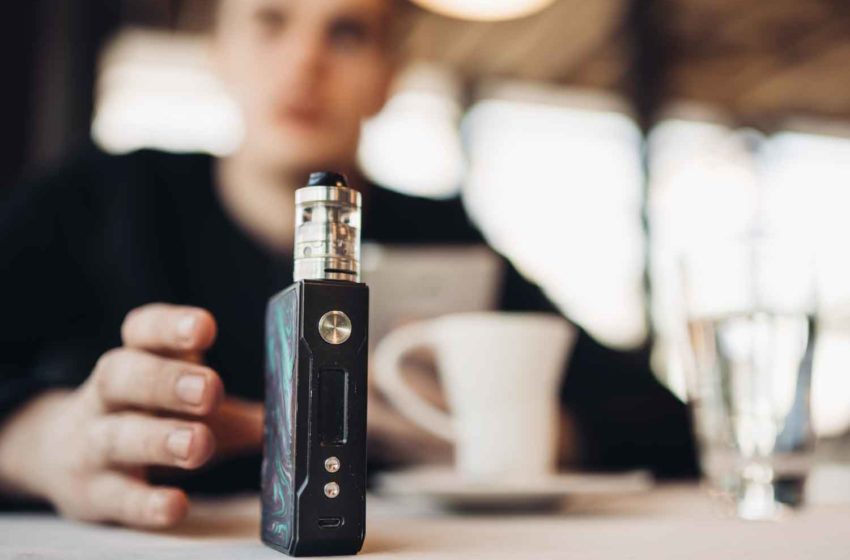
More than 300 vaping products have been pulled off of New Zealand shelves, reports 1news.
New Zealand’s Vaping Regulatory Authority (VRA) has looked at over 8,000 products on store shelves that had been notified to its register.
“For the majority of the products reviewed, no issues have been found, but in some cases, information provided by the manufacturer or importer indicated that they could include prohibited ingredients or they could have nicotine salt levels that exceed the legal limit,” says VRA manager Matthew Burgess.
“Following the review, companies have withdrawn notifications for 340 vaping products, meaning they can no longer be legally sold in New Zealand. We will be publishing a list of products that are no longer notified on the Ministry of Health website shortly.”
Up to 1,800 other vaping products could still be taken off shelves. The authority is working with companies that make or sell them and has given them until next week to provide more information.





















